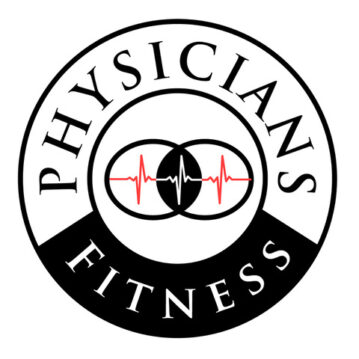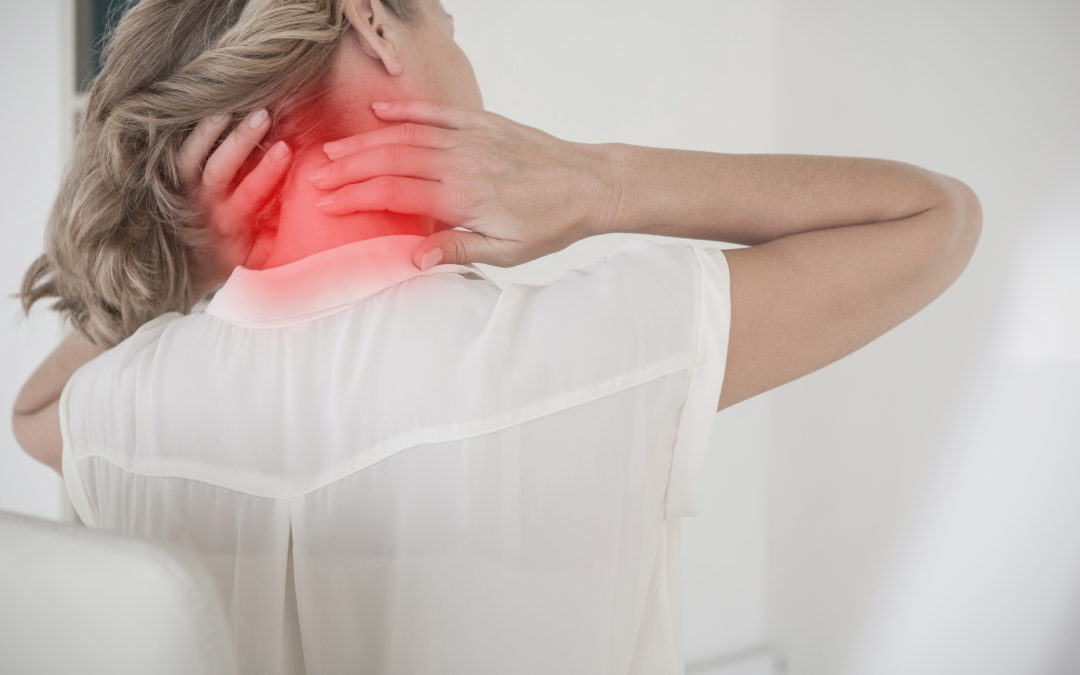Working Out At Home During COVID-19
“Many people trying online routines during the coronavirus pandemic are finding it’s not so easy to do them right.”
A recent article in the Wall Street Journal, titled “New Home Workouts Come With New Aches and Pains,” has pointed to an unfortunate side effect of folks exercising at home during the pandemic’s shelter-in-place order: They are getting hurt.
Social media has been saturated with home-based exercise programs as the fitness industry has worked hard to get, and keep, individuals exercising during this intense, but temporary period of partial social isolation. We wish we could tell you that you should always get your exercise, under any conditions, because it is always good for you – but the truth is, it’s not.
“This is chess, not checkers.” –Alonzo Harris (Denzel Washington), Training Day
Why Working Out At Home Can Cause Injuries
Of course, making the wise choice to begin and sustain a regular routine of physical exercise is commendable. And exercise should be simple, right? It looks so easy when you’re watching videos of trainers and therapists. Every individual exercise has a name and an easy-to-understand method of execution, so if you follow directions properly, it’s supposed to help you.
Right? Well…
Physical exercise is certainly presented like a game of checkers: a relatively uncomplicated game that doesn’t require much skill or deep thought. But physical exercise really is more like chess: a complex game that requires critical thinking, patience and skill.
Why? A few reasons:
- The human body is really complicated!
- Exercise puts stress on your body.
- There are hundreds of muscles, joints, tendons, ligaments, nerves, bones, and on and on.
Your body’s structures and tissues have varying tolerances for handling stress. Some are better at it than others. If you haven’t exposed some of them to the physical stress of exercise in a while, or if you’ve had surgeries, injuries or diseases that negatively affect them, they just might not be ready.
In these cases, rather than promote health and wellness, physical exercise degrades it.
A Solution Checklist For Effective At-Home Exercise
We’ve compiled a list of effective elements to consider before making the commitment to work out from home. By understanding these components, you’ll lower your risk of injury while exercising under your own roof.
- Take honest stock of your own body. Ask yourself some questions: How long has it been since I really exercised and moved the way that an exercise is “supposed” to be done? Have I had physical injuries or surgeries that could have compromised parts of my system and body structure?
- Put your ego aside. Expediency is the wrong mindset for exercising. Physical exercise is a long game.
- Start exercising slowly. Do not assume that, because an exercise looks easy on YouTube, it will be just as easy in your living room.
- Pay attention to your body signals. You’re the expert on your bodily experience. Trust that. If it doesn’t feel right to you, stop or modify.
- Don’t suffer from an exercise overdose. Take on the perspective of what is the least amount of exercise you need to do to reach your goal, not the most.
- Seek professional guidance. When it comes to physical exercise, it’s always a good idea to reach out for support from a qualified healthcare professional and trainer. Get a thorough pre-exercise assessment to identify any areas of your body that need to be shored up prior to engaging in unrestricted physical exercise.
- Take Dr. DiNubile’s Advice: “The managed dose of exercise that will do the most for you – without harming you – needs to be measured out for you alone.” DiNubile, MD, Nicholas A. Framework: Your 7-Step program for healthy muscles, bones, and joints, 2005, Page xix.
What To Do If You’ve Injured Yourself During An At-Home Workout
If you have gotten hurt while exercising, it’s important that you see your physician to make sure nothing really serious has happened, especially if it may require medical attention.
If you don’t currently have a physician, give us a call and we can make some recommendations. After a doctor’s evaluation, if no serious problem is discovered, you can reach out to us and we can discuss plans to measure out the right dose of exercise – personalized just for you – so you can exercise safely and effectively for life!
Move Better, Feel Better, Live Better!
If you’re interested in learning more about how a Certified Muscle System Specialist™ can help you move better, feel better, and live better, click the button below:
If you’re a fitness practitioner who is interested in learning more about how to become a Certified Muscle System Specialist™, visit us at www.exerciseproed.com.
See our list of practitioners throughout the U.S. and Canada at https://www.exerciseproed.com/mss-certified-practitioners/


Recent Comments